KEEP UP WITH OUR DAILY AND WEEKLY NEWSLETTERS
PRODUCT LIBRARY
BMW releases the upgraded vision neue klasse X, with a series of new technologies and materials especially tailored for the upcoming electric smart car.
following the unveiling at frieze LA 2024, designboom took a closer look at how the color-changing BMW i5 flow NOSTOKANA was created.
connections: +630
each unit draws inspiration from emergence, featuring a hexahedron-based structure that facilitates integration into larger systems.
connections: 96
brian eno revives his color-changing neon turntable for the second time, on display too at paul stolper gallery in london until march 9th, 2024.
connections: +380
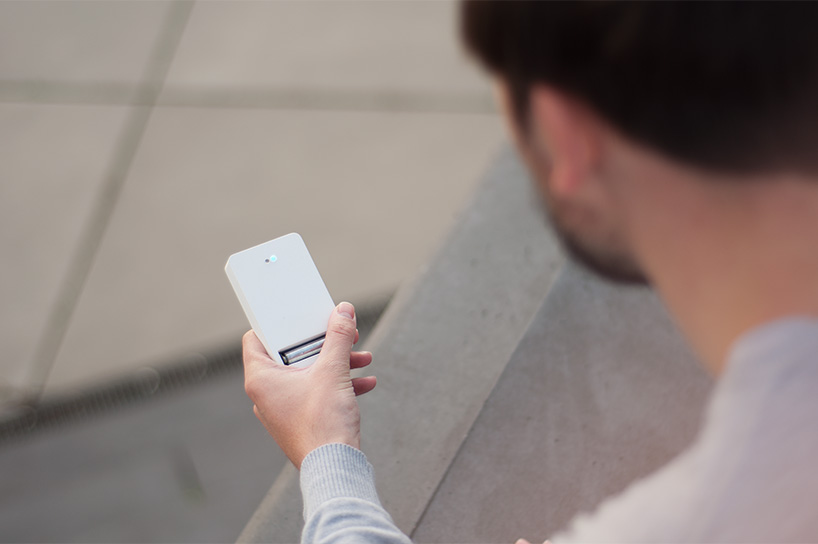
 harvesting the electromagnetic field of the cell phone
harvesting the electromagnetic field of the cell phone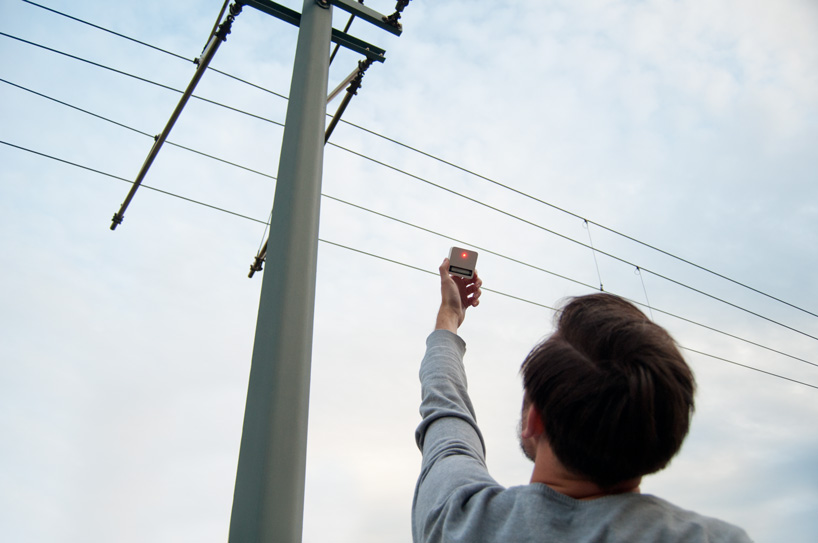 detecting the electromagnetic field of a power line
detecting the electromagnetic field of a power line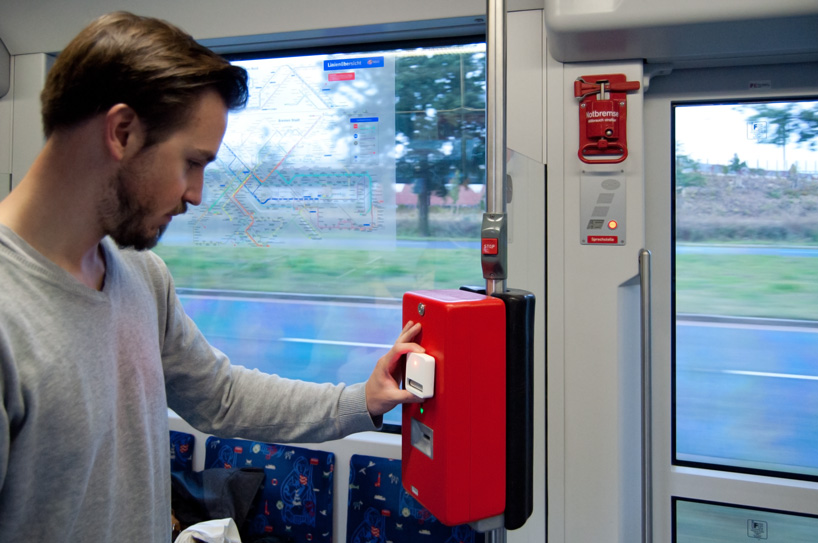 harvesting the electromagnetic field of a ticket validator
harvesting the electromagnetic field of a ticket validator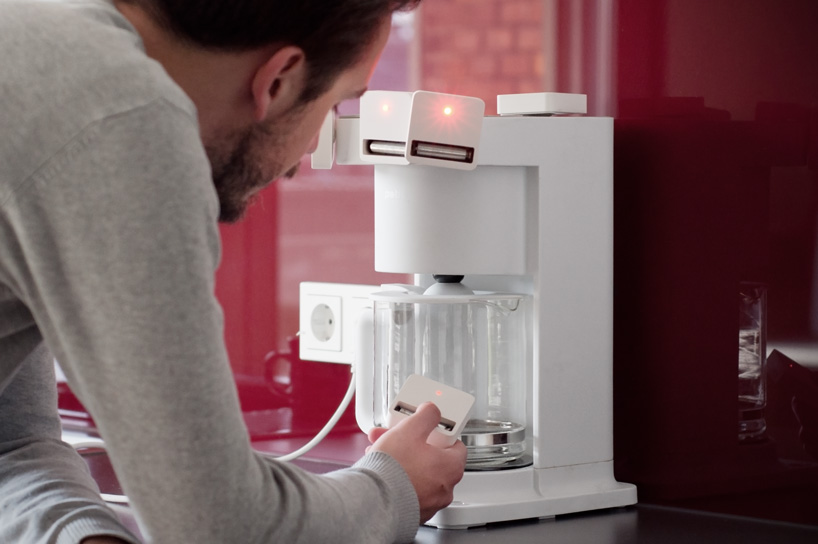 harvesting the electromagnetic field of a coffee machine
harvesting the electromagnetic field of a coffee machine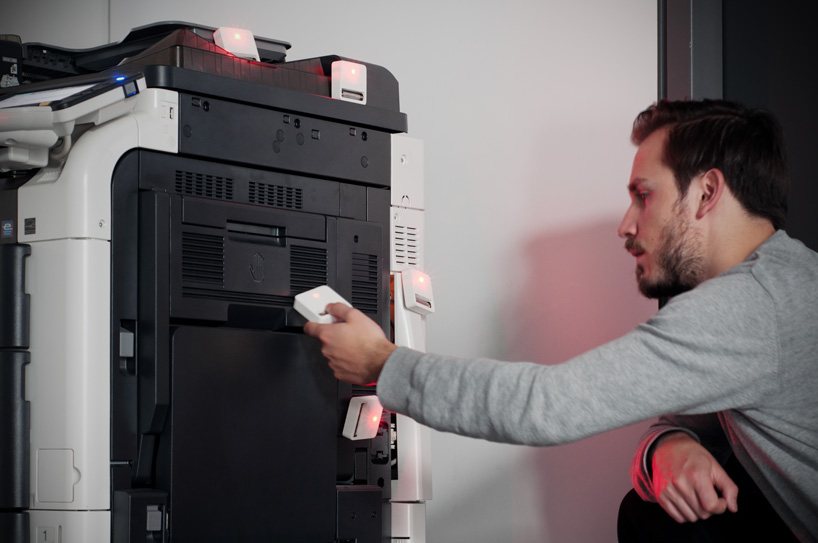 harvesting the electromagnetic field of a copy machine
harvesting the electromagnetic field of a copy machine farming at a substation
farming at a substation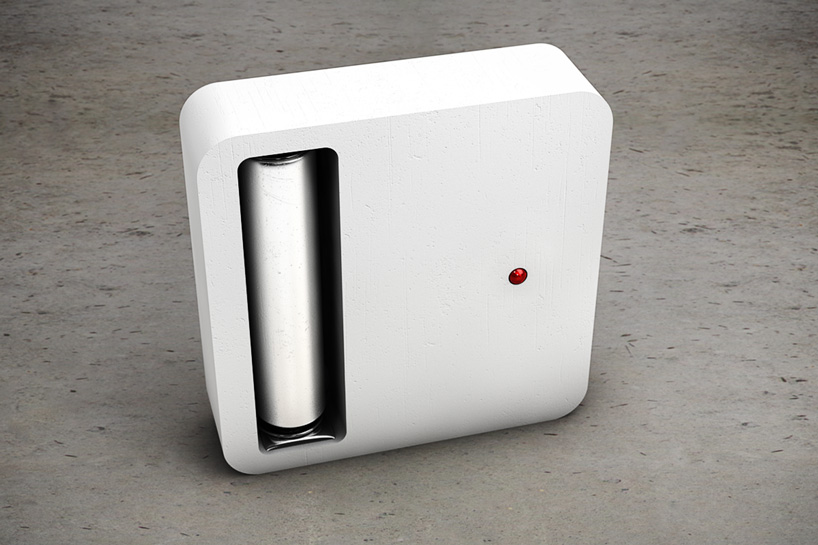 the smaller harvester
the smaller harvester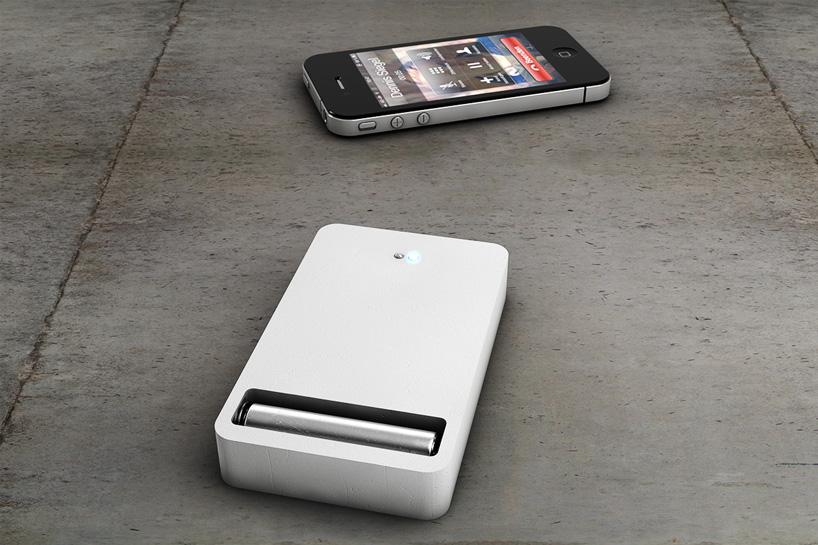 the larger harvester
the larger harvester


